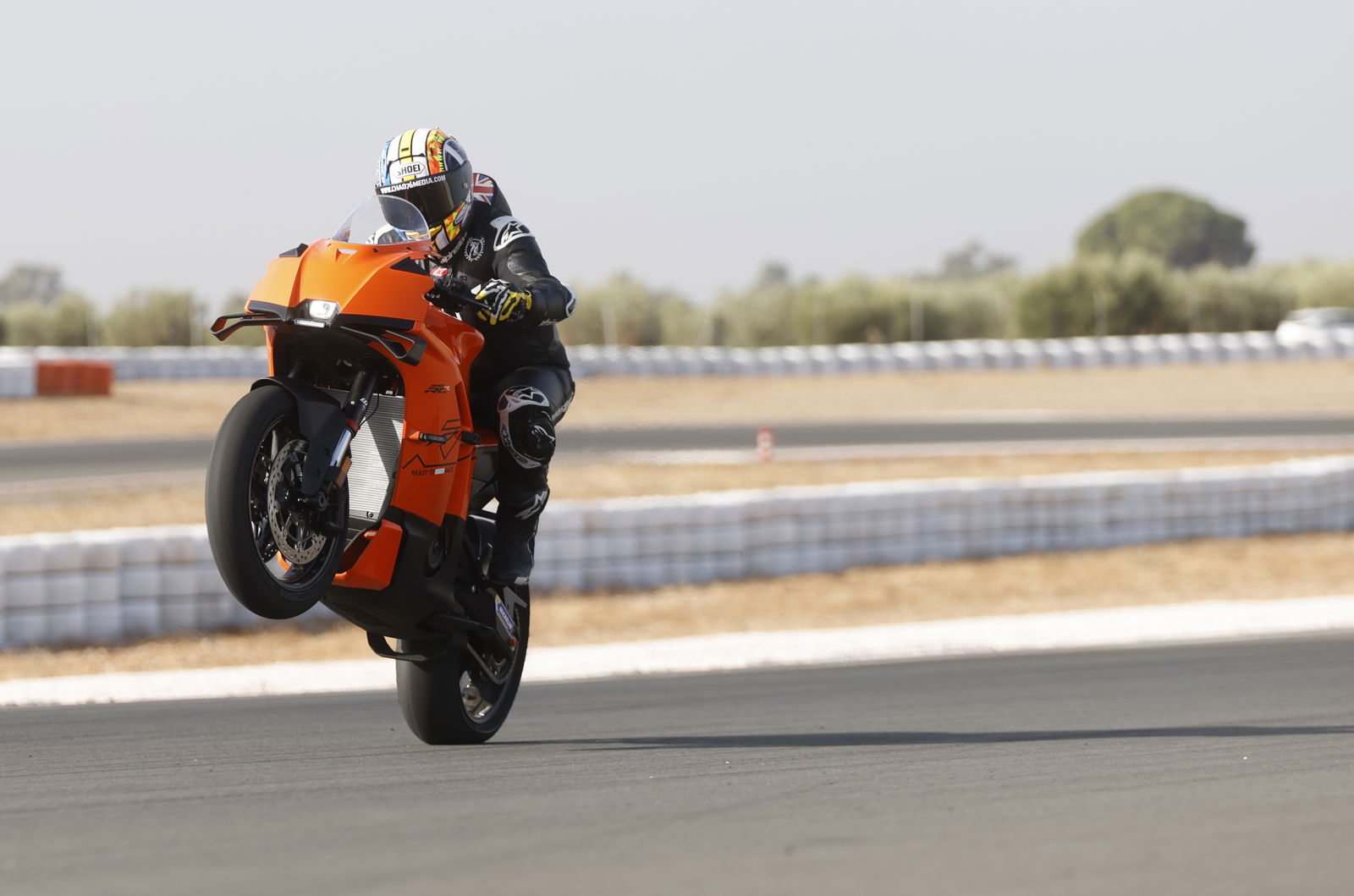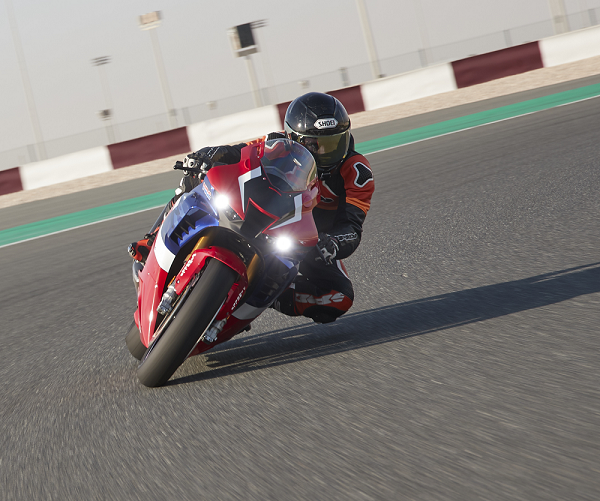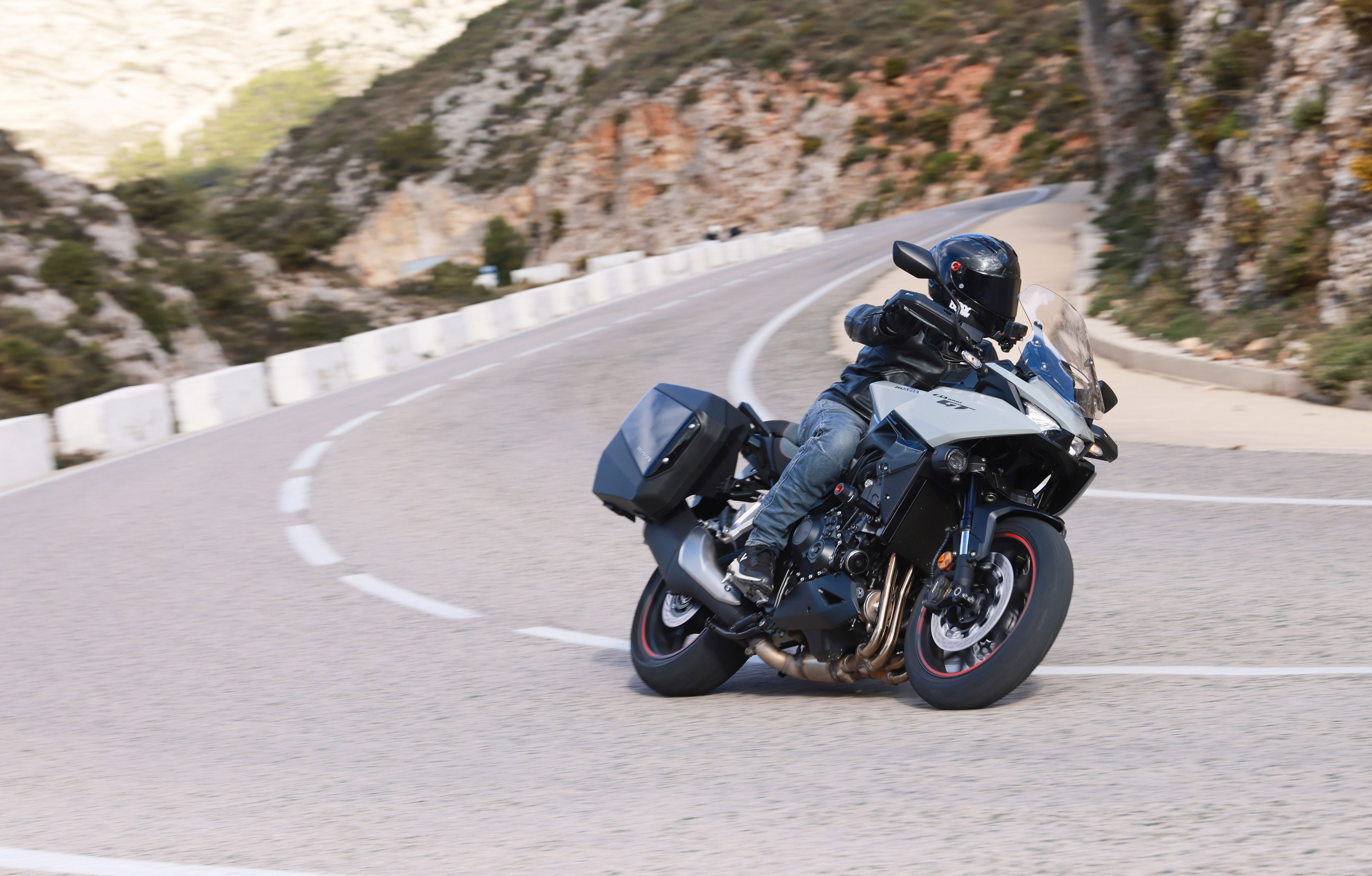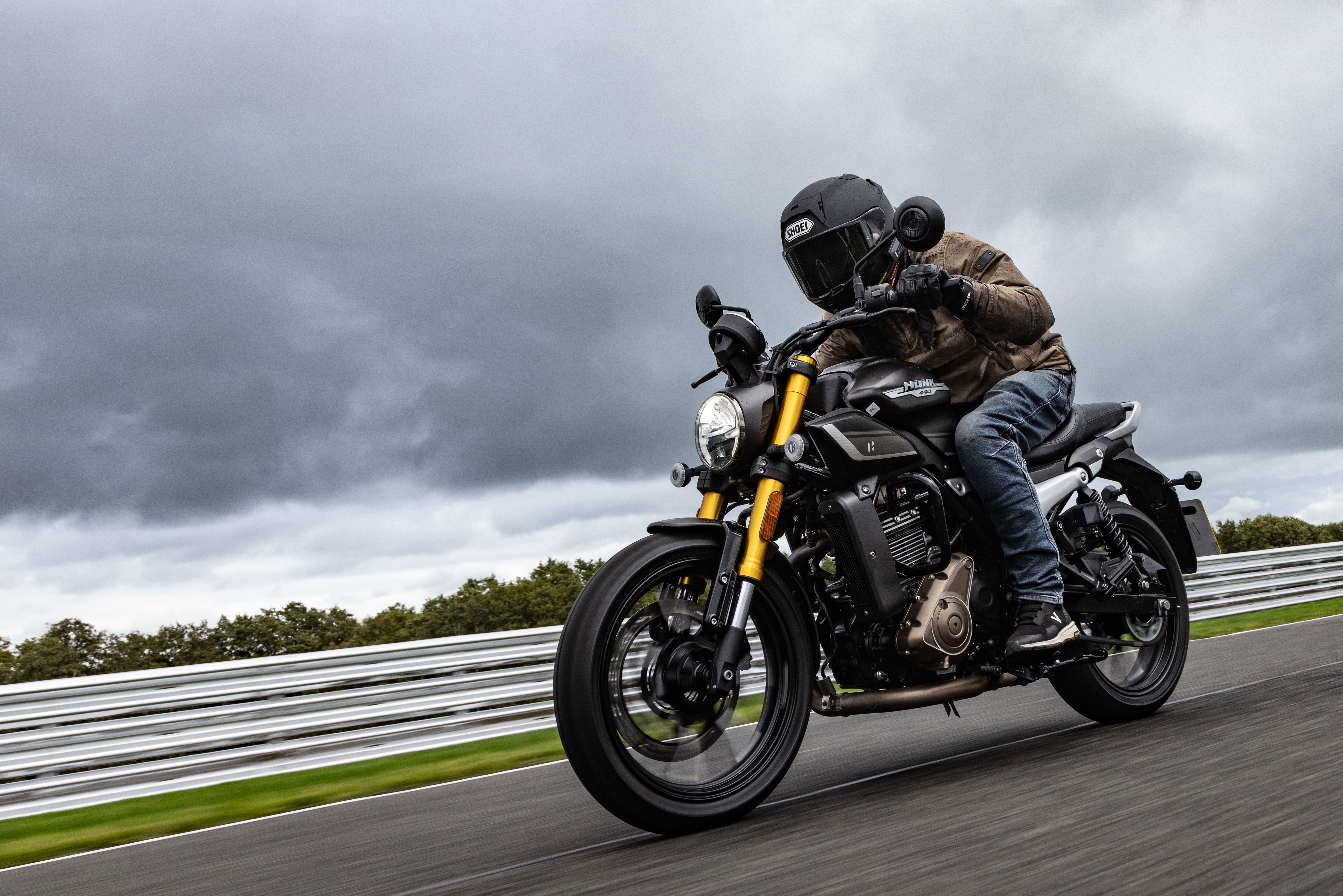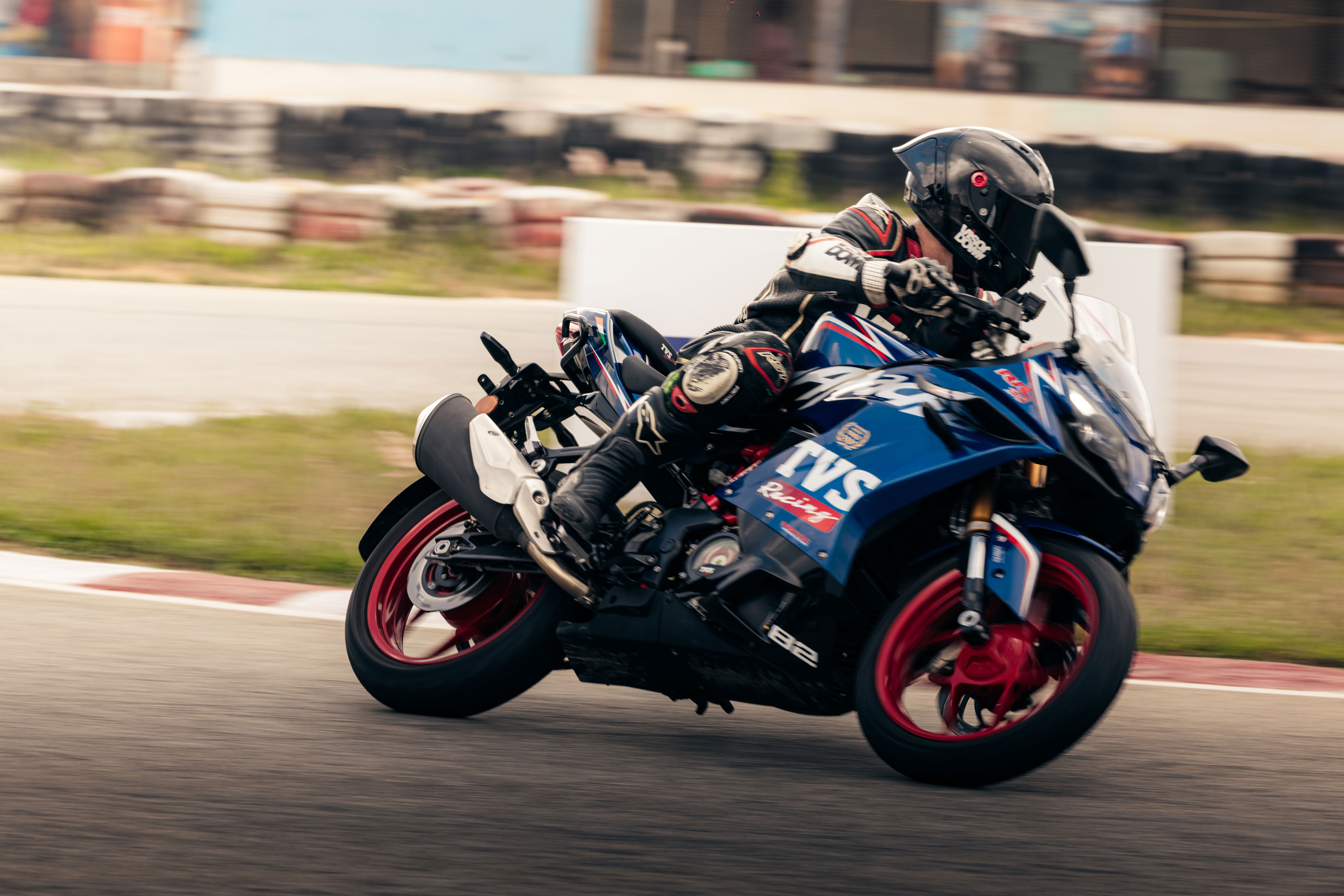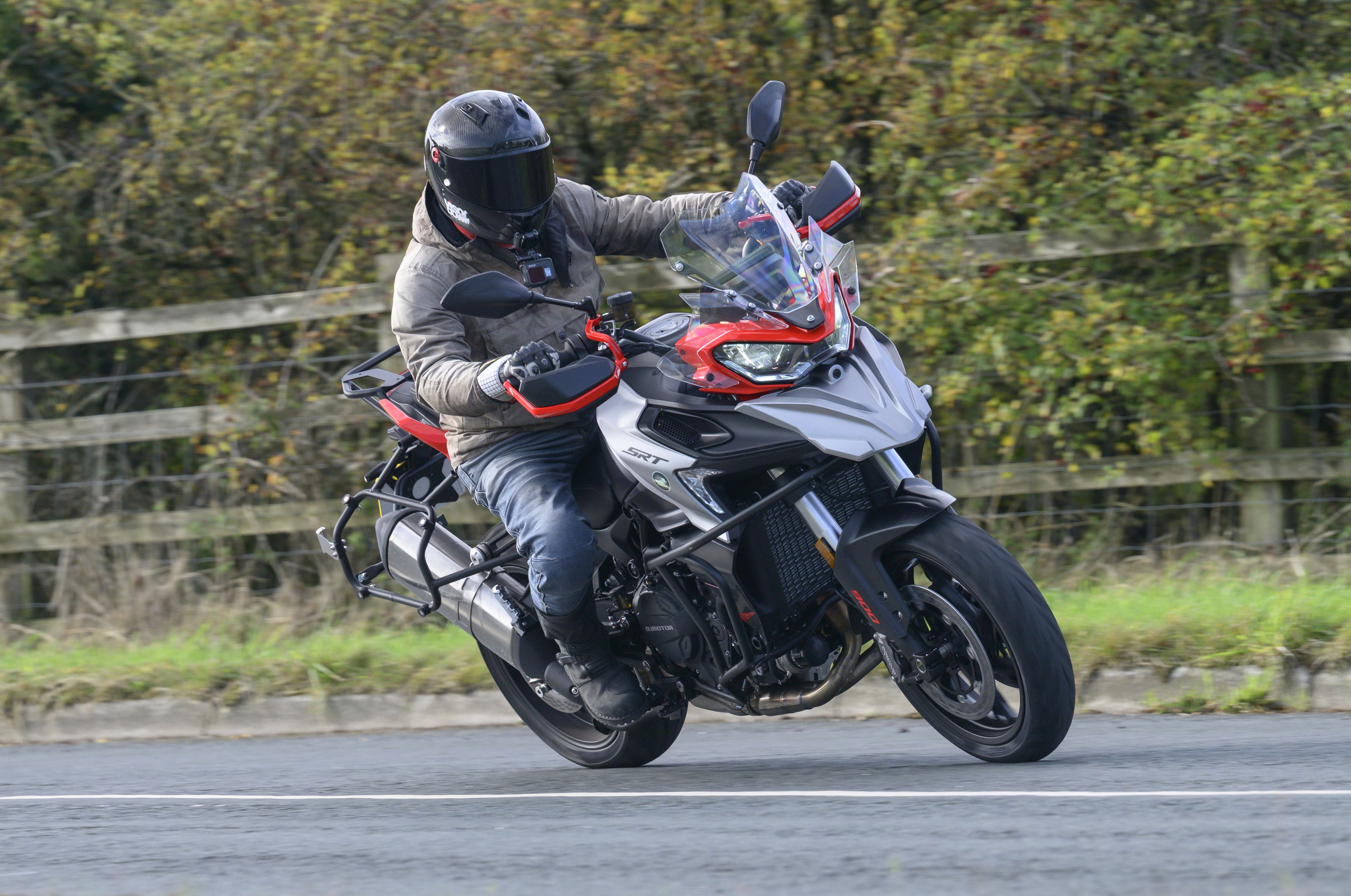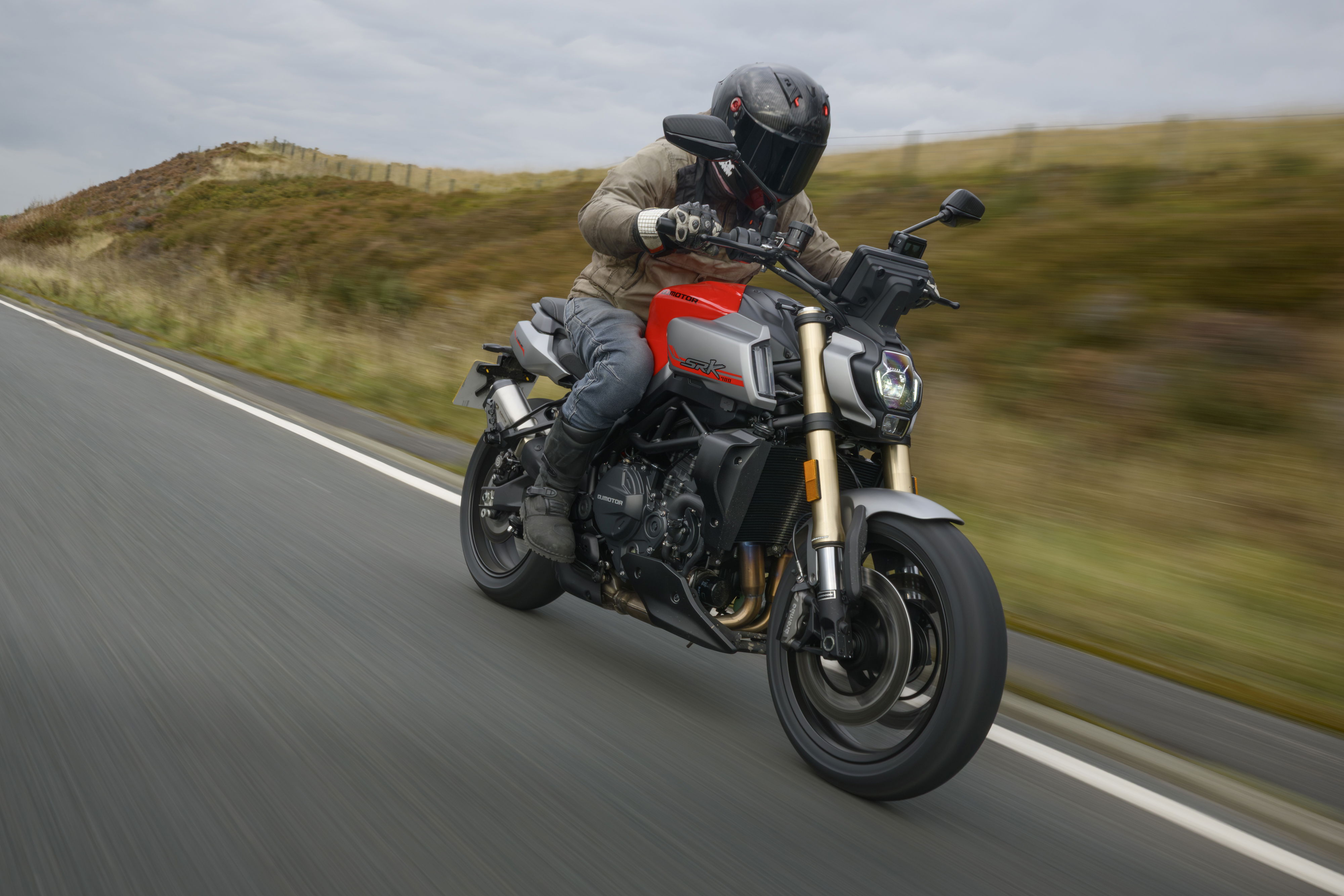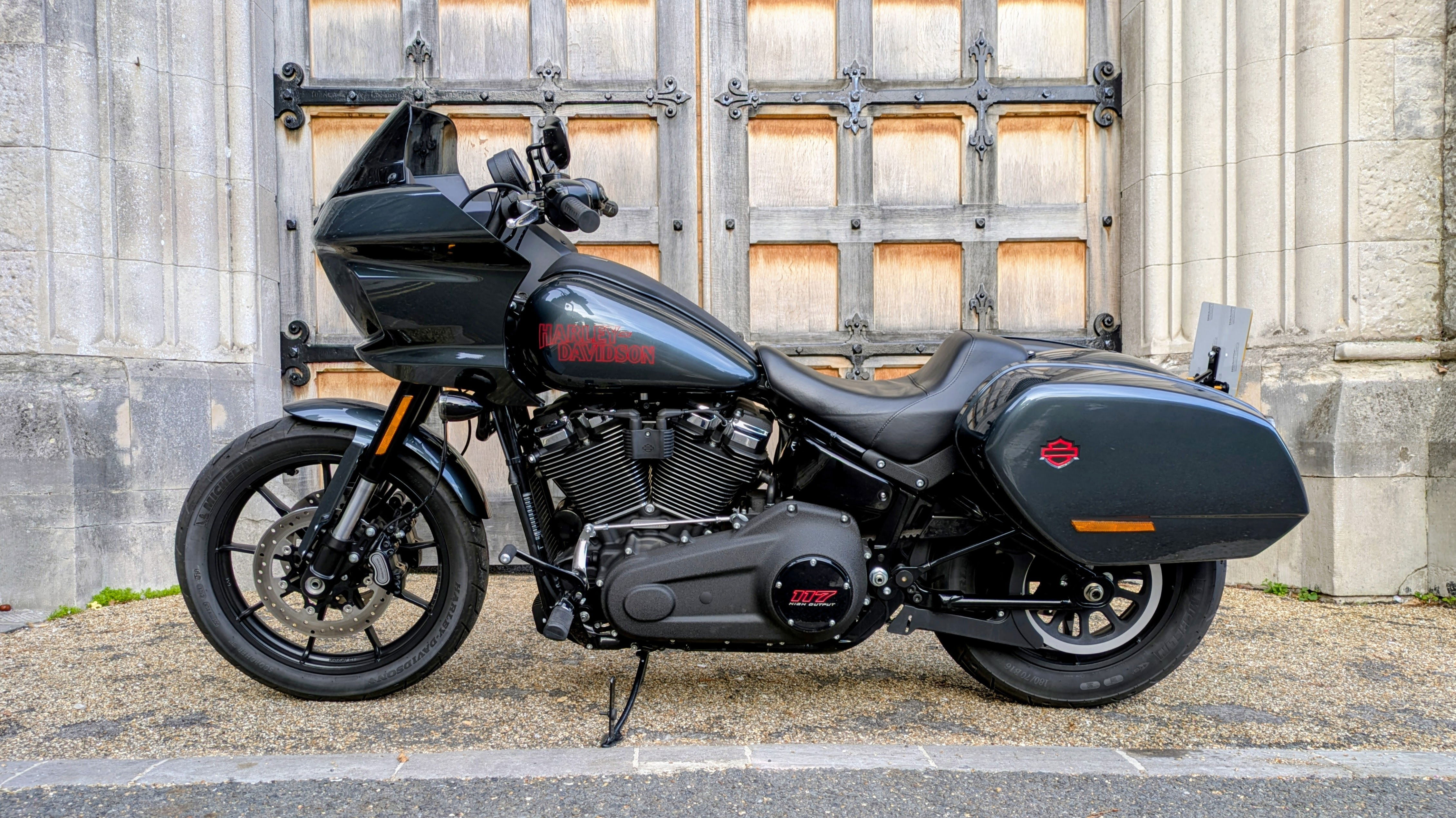Honda CB1000GT (2025) review: Head says tourer, heart says hooligan
The new Honda CB1000GT is claimed to provide riders with Fireblade attitude and touring manners.

* Sublime engine
* Excellent value for money
* Standard screen ineffective
* Hand guards are relatively small
Sport tourers are nothing new from Honda, from the mundane, like the ST1100 Pan European, to the sublime CBF1000; making a bike that can excite, commute, and everything in between is a familiar brief for the Japanese brand.
Its latest delve into the sector comes off the back of the recent success of its cut-price, yet sensationally good, Hornet, in the form of the new CB1000GT. It’s aiming to be a 360-degree answer to the age-old argument between head vs. heart. Your sensible side wants a mile-munching tourer and bike for everyday schlepping. Your reckless inner child wants a naked sports bike. Honda’s reply with the GT seems to be “Why not have both?”
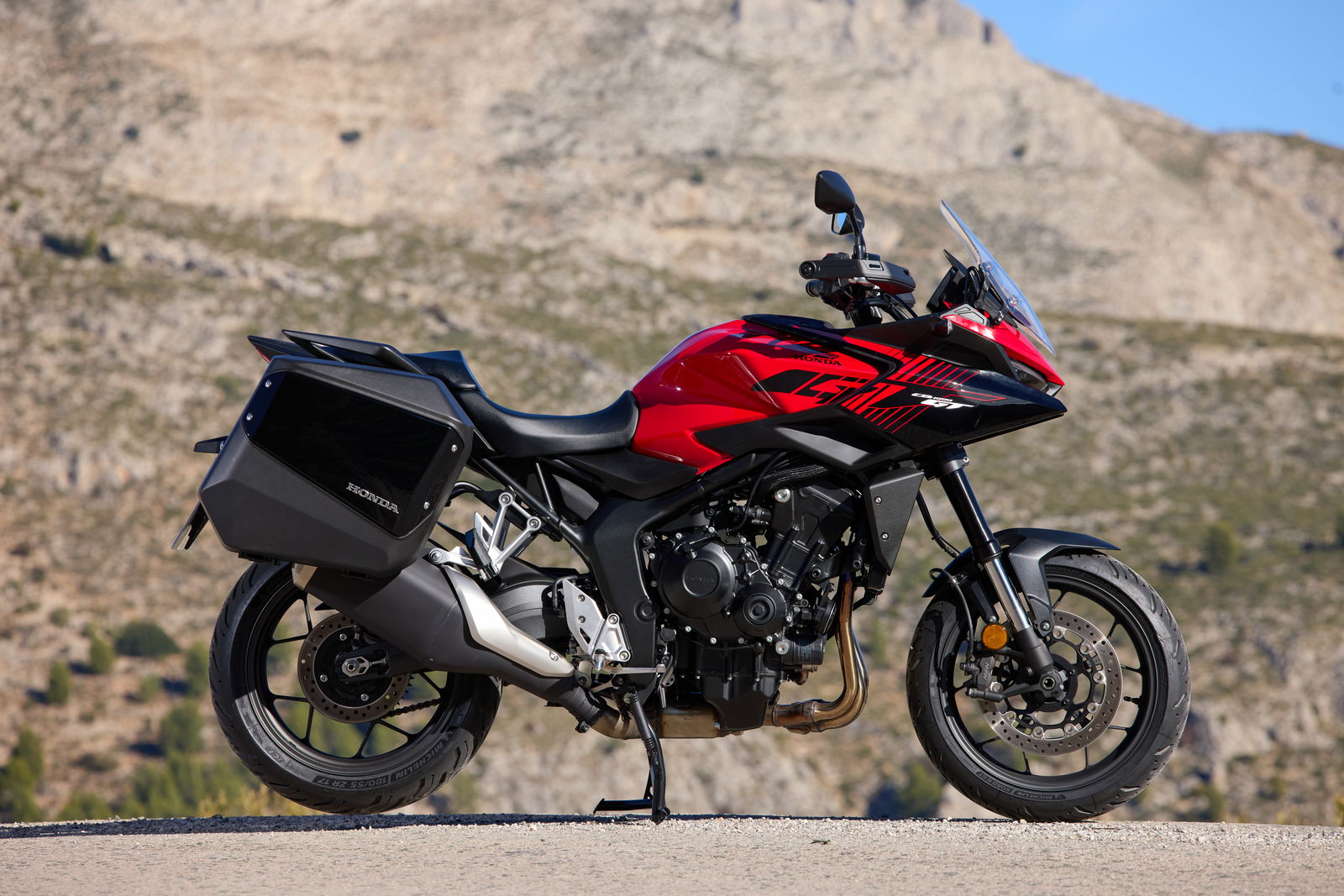
For the CB1000GT launch, Honda flew us to the beachfront favourite of Benidorm, but instead of dodging drunk teenagers and hungover hen parties, we headed into the hills in the north and some of the best riding roads in southern Spain. We spent around 90 miles on the new bike, riding through towns, twisty B-roads, fast mountain-top sweepers and some motorway - everything you’d encounter on a tour around Europe.
CB1000GT price, colours and availability
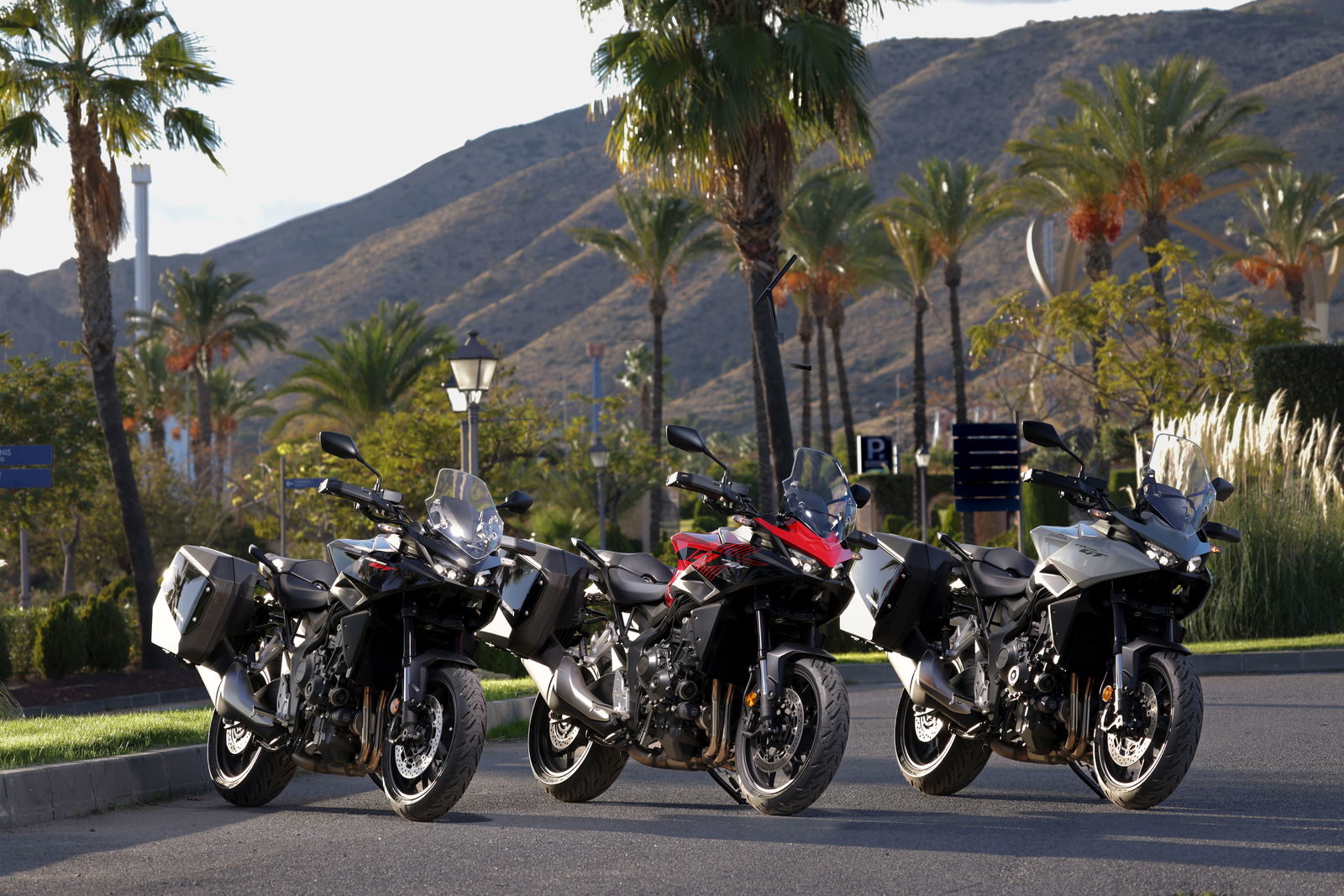
The new GT comes with a UK price of £11,999 and will arrive here in three colours: Grand Prix Red, Graphite Black, and Pearl Deep Mud Gray (as ridden). In standard trim, it comes fully decked out with panniers (37 litres on the left and 28 on the right) as well as cruise control, a quickshifter and blipper, heated grips, an adjustable screen and a centre stand. On the tech front, you get a TFT with Bluetooth connectivity, five riding modes, lean-sensitive traction control and cornering ABS, full LED lighting, backlit switchgear, and the Honda Emergency Stop Signal (flashy indicators when the ABS is triggered). All in all, it’s hard to argue that this doesn’t tick a lot of boxes for a lot of riders in the sport touring segment.
What's new with the CB1000GT
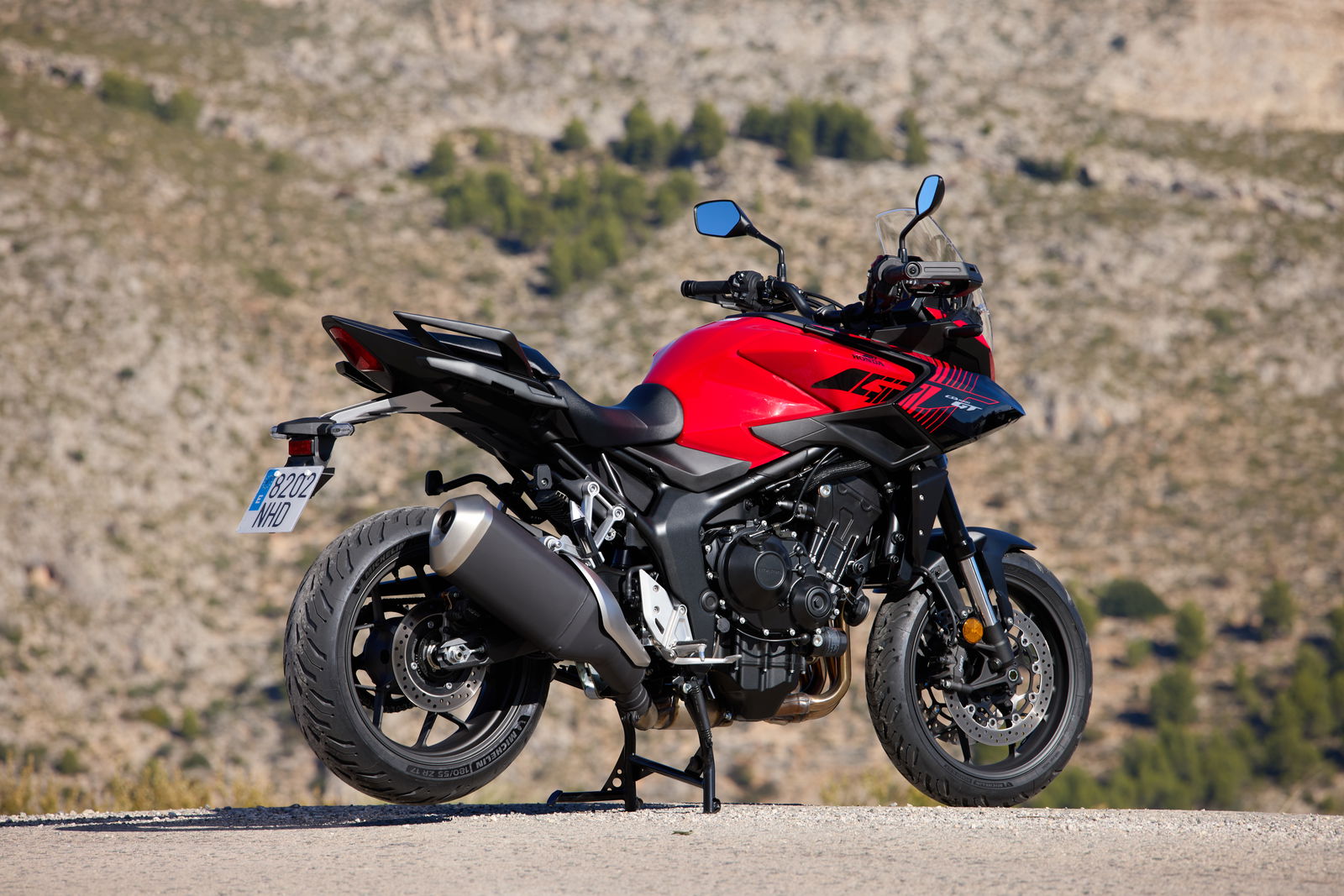
While the two bikes share a lot of similarities, there is a lot that divides them. The main frame is effectively the same for both, although the GT features a longer, beefier subframe with added supports to help dissipate vibrations. The engine is the same unit, although fettling has been carried out to ensure the GT delivers its torque lower in the rev range. Peak power is slightly lower, at 147bhp (-2.5bhp down on the Hornet), while peak torque is 75 lb-ft, which arrives at 8,750rpm – around 250rpm lower in the rev range than with the Hornet.

The biggest change for the GT over the Hornet comes in the form of Showa EERA, the Japanese firm's tested and trusted semi-active and electronically adjusted suspension system. And it’s big for a couple of reasons. Firstly, at this price point, it’s an absolute steal. If you wanted semi-active suspension from Honda’s compatriot, Yamaha, you’d be eyeing up either the £13,954 Tracer 9 GT or the top-spec £16,604 Tracer 9 GT+. And sticking with the price and value theme, the new CB1000GT is just £2,279 more expensive than the top-spec Tracer 7 GT.
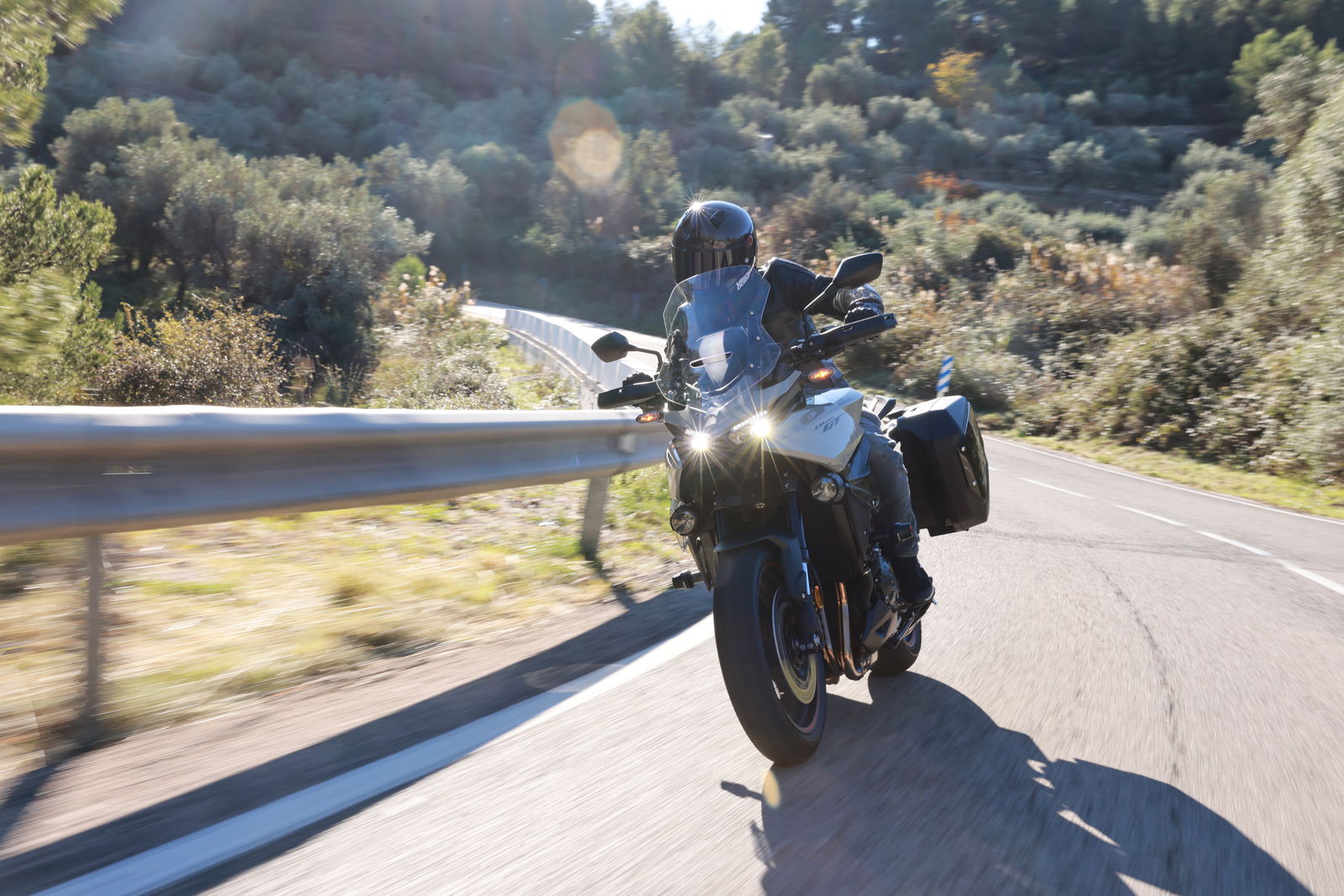
Secondly, this is the first time Honda has fitted the EERA system to anything with an inline four-cylinder engine or anything as sporty as this. Previously, Honda only fitted the EERA system to the likes of the NT1100 and Africa Twin Adventure Sports, meaning it's certainly never been near another Honda quite like this one.
CB1000GT riding review
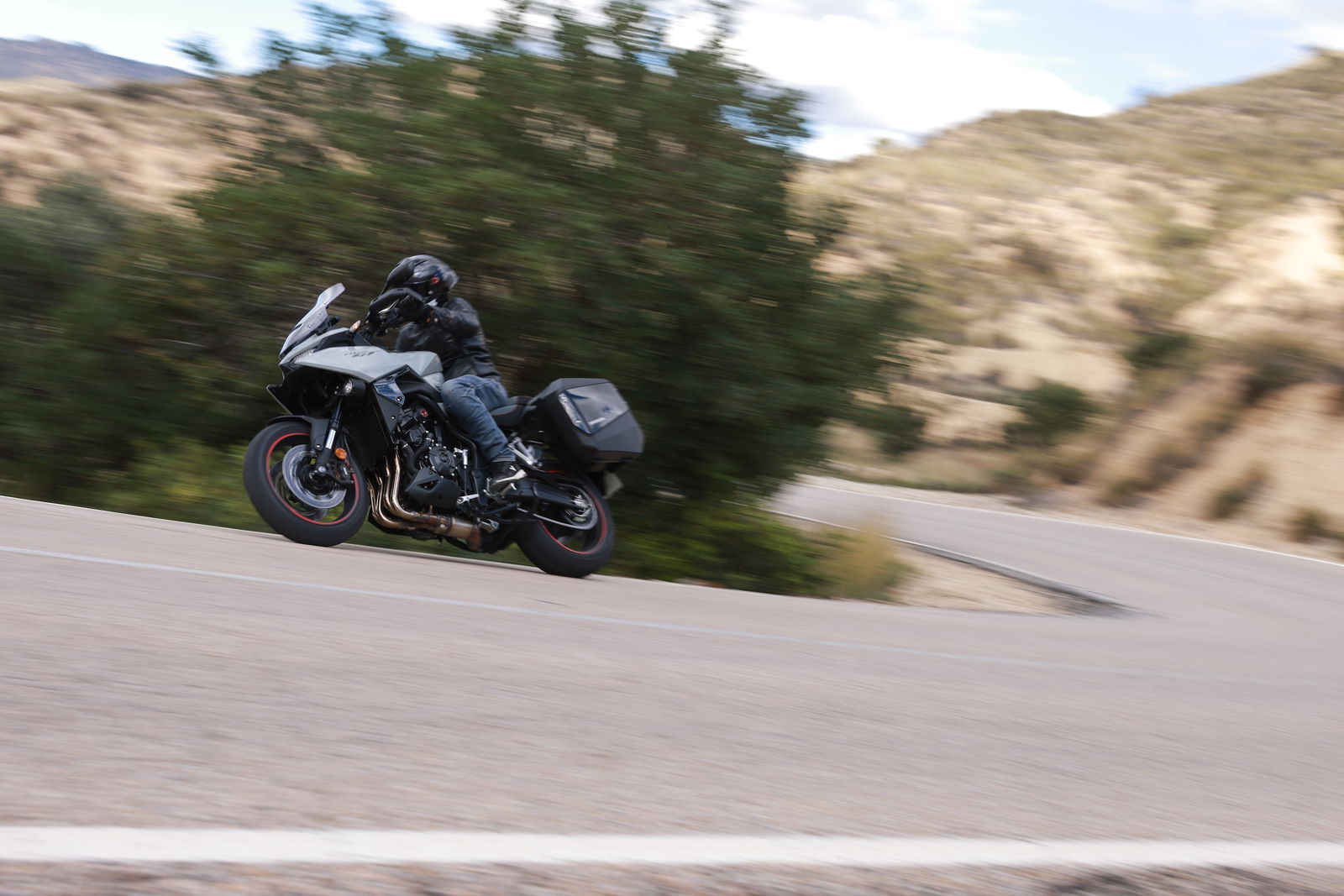
The launch ride begins a couple of miles from Benidorm Old Town, in a swanky golf hotel called the Meliá Villaitana. It’s packed with hungover Brits who are trudging their way to the first tee as we get ready for the ride. It’s a familiar place, having already played host to the CB1000 Hornet event this time last year, and, thankfully, the roads are familiar, too.
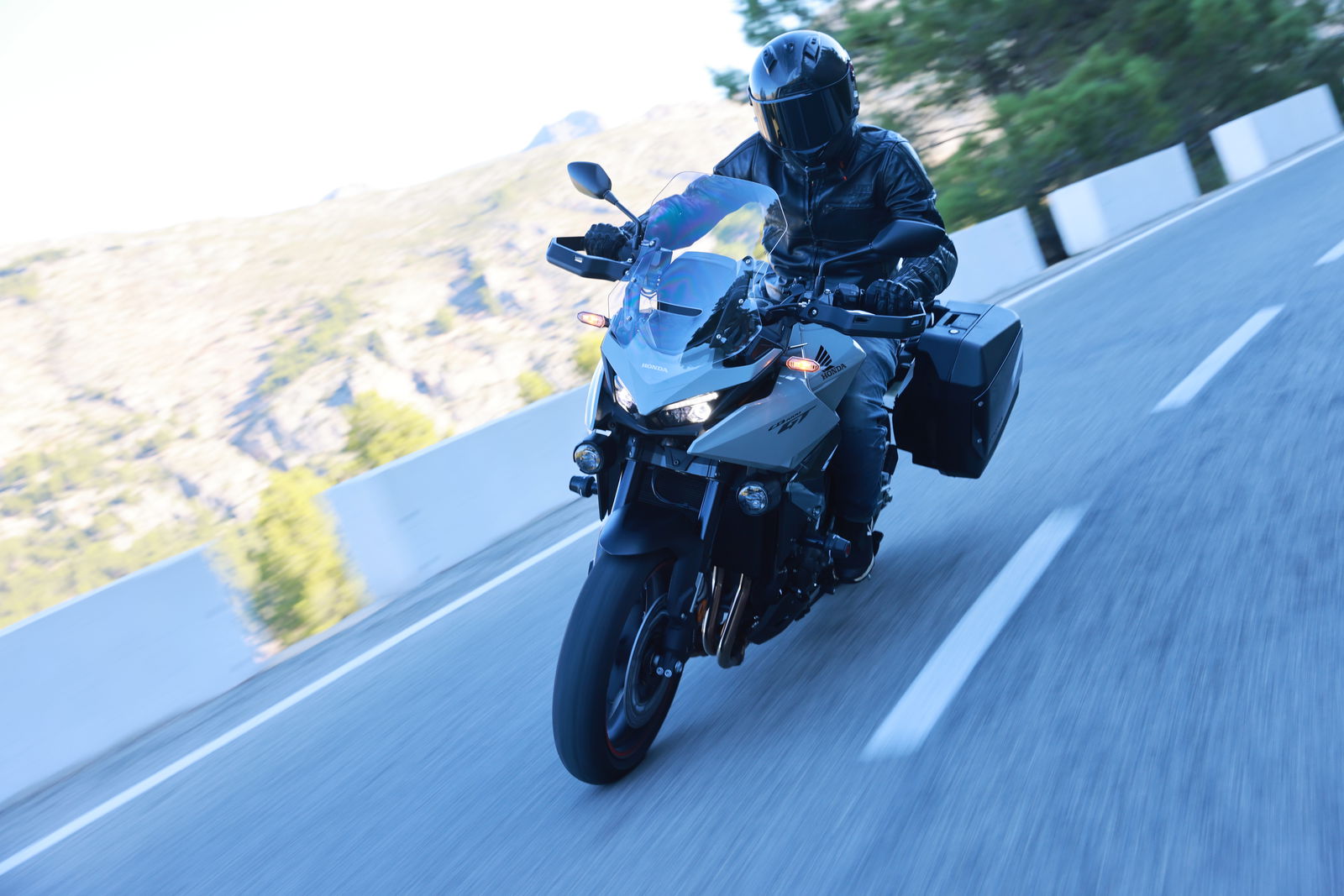
With a few miles before we hit the twisties, I leave the GT in its standard riding mode to get a feel for the new configuration. Firing up the bikes, we are greeted by an engine and exhaust note that is unmistakably Fireblade-like as it ticksover in the cool morning air. Hopping on highlights the differences between this and its Hornet sibling. The step over feels a tad wider - despite the 825mm seat height being almost identical - while the increased fuel capacity can be felt thanks to legs splayed slightly further apart. It’s not uncomfortable by comparison, just noticeably different. The rest of the riding position feels good. The view ahead is commanding, while the bars are wider and slightly higher than the Hornet. The bottom half features pegs that are high enough to keep out of trouble, but slightly further forward and not quite as aggressive as they are on the naked.

The first few miles out from the hotel are a fact-finding mission, and while the extra weight of the GT can be felt (around +18kg over the Hornet), it’s definitely not what you’d call cumbersome around town. The weight is carried slightly higher than before, but it feels light and responsive, and tight U-turns in the road aren’t an issue thanks to the ample steering lock on offer.
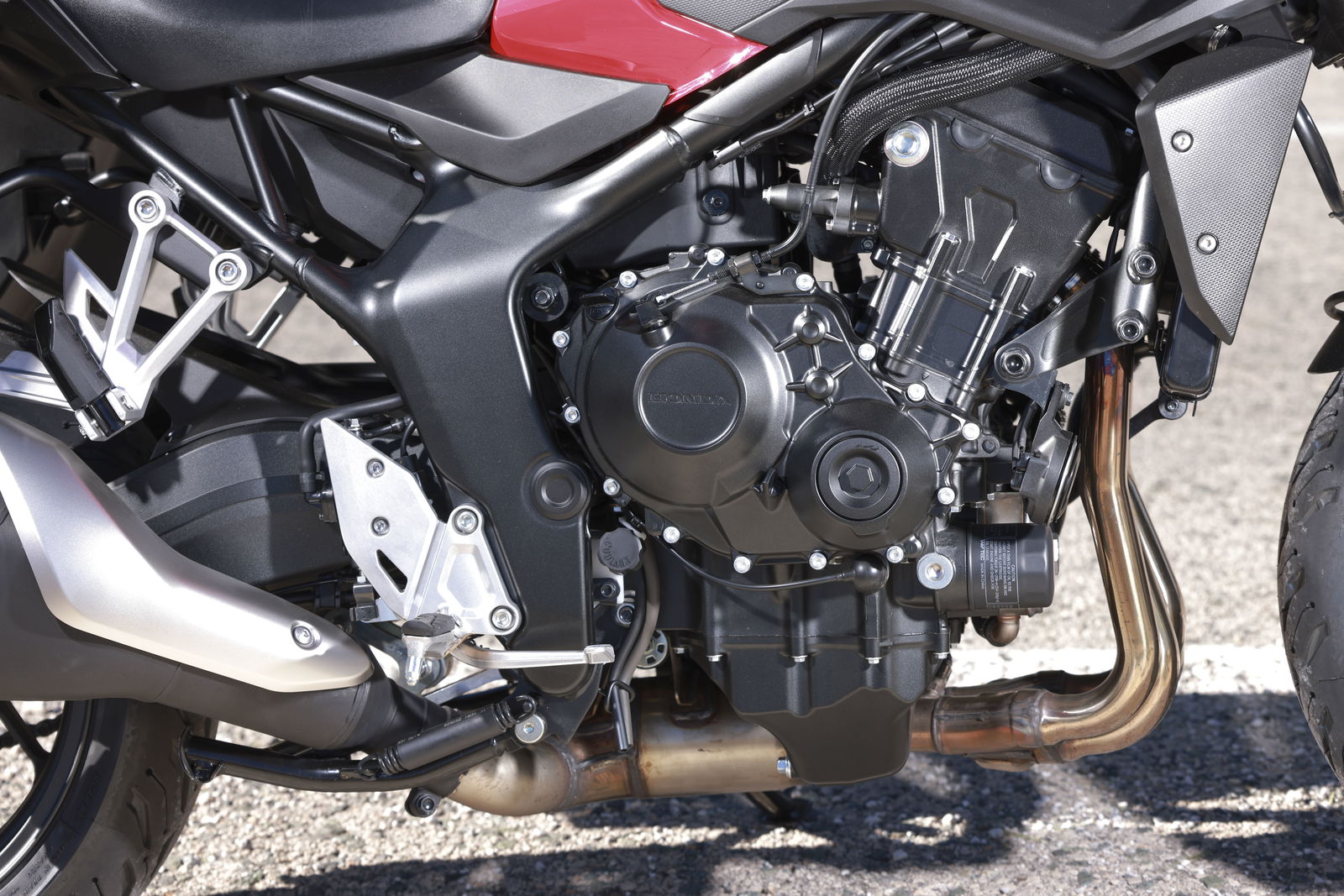
Around town, the engine is also proving to be extremely usable. Honda has, over many years, had a knack for building high-performance engines that work just as well at low speeds as they do at the redline, and the CB1000GT is no different. It’ll pootle around at 30 or 40mph in fourth gear without any complaints whatsoever, and still have enough torque on offer to pull cleanly without a downshift when you need to make some ground. The quickshifter is working equally well at these more sensible speeds, matching the revs up and down the box nicely, and the added adaptability of being able to tailor both the up and down shifts for either more aggressive or relaxed gear changes is very cool.
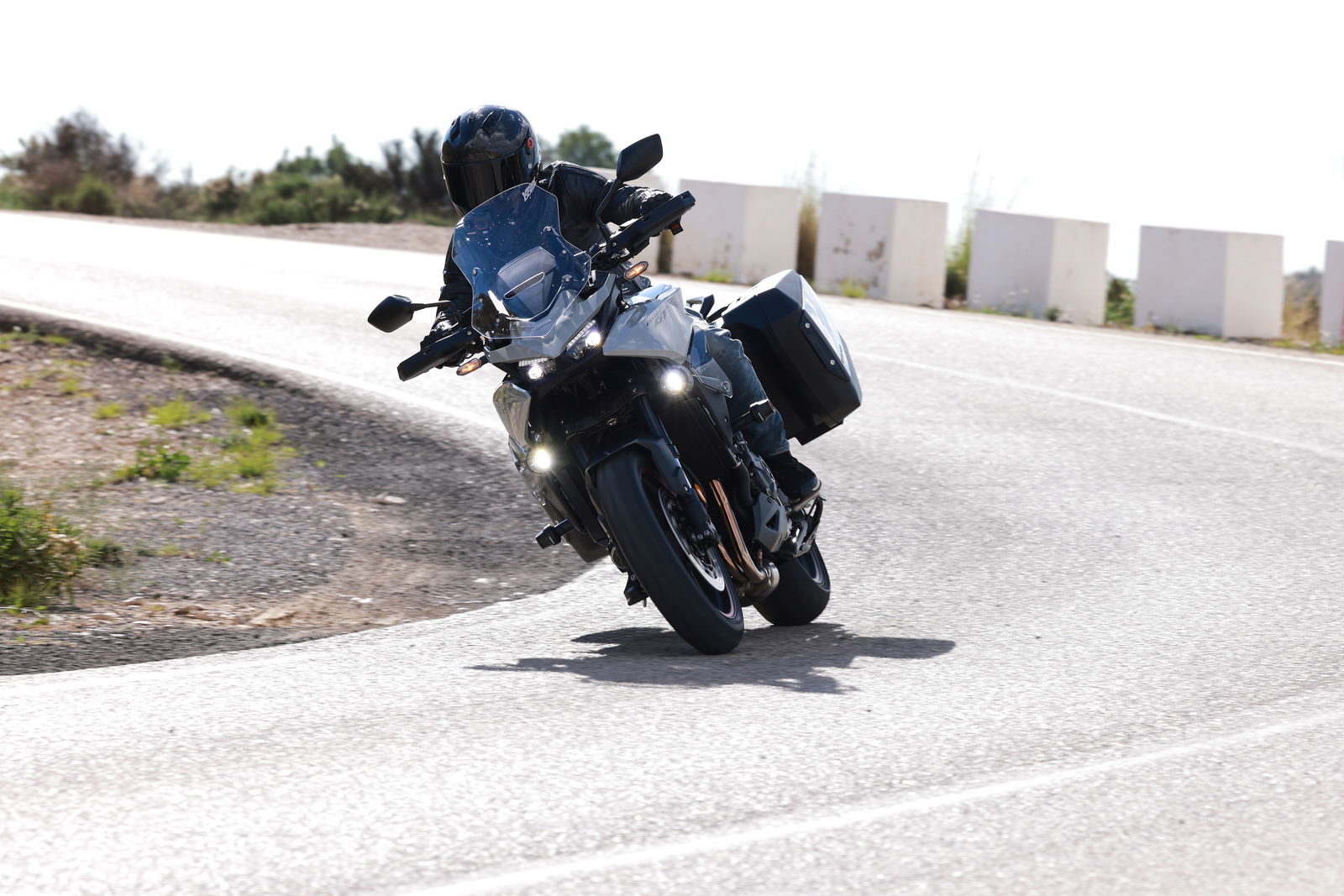
But press launches aren’t about riding around town, and a big part of the GT’s appeal becomes apparent when you hit the twisties, and that Fireblade-derived engine’s duality becomes instantly apparent. There’s a level of tractability and refinement that you get from the GT that you currently get elsewhere in the Honda range. It’s supremely smooth throughout the revs, with torque and power curves that are beautifully linear, and a throttle connection that is as sweet as it gets. The torque arriving lower in the revs is a handy stat on paper, but overall, it’s the seamless pull when you need it that you feel from the seat. Where the Hornet feels aggressive, like it's constantly straining on the leash, the GT feels beautifully refined and smooth. The gearbox completes what is a top-spec engine package — slick and direct, with a slipper clutch that takes the sting out of aggressive downshifts, and a quickshifter so intuitive it feels almost sentient.

The chassis follows the same dual-purpose theme. Built on a steel twin-spar frame related to the Hornet, with a new, longer subframe and a swingarm stretched by 16mm, the GT carries a hint of supernaked DNA beneath its touring exterior. Around town, it steers light and easily. Out on faster, flowing roads, it remains planted and precise. And when the pace picks up and the lean angles grow, the CB1000GT really starts to shine. It turns in with accuracy, offers loads of front-end feel and gives you enough feedback to push on without second-guessing the bike. Even motorway miles didn’t faze it; it simply settled into a calm, stable rhythm and waited patiently for the next set of bends.

That versatility wouldn’t work without smart electronics, and Honda the Showa EERA system works directly with the riding modes, adjusting the settings in line with the engine power, throttle maps, and IMU functions. The key is restraint: Sport mode sharpens the throttle response without going too far, and the suspension adapts so quickly (within 15 milliseconds) that surface changes barely register before being dealt with. Some systems feel like tech for tech’s sake, although on the GT, it just feels natural. And it’s not just reactive to the adjustments via the TFT, it’s intuitive, too, adjusting the system according to how you're riding.
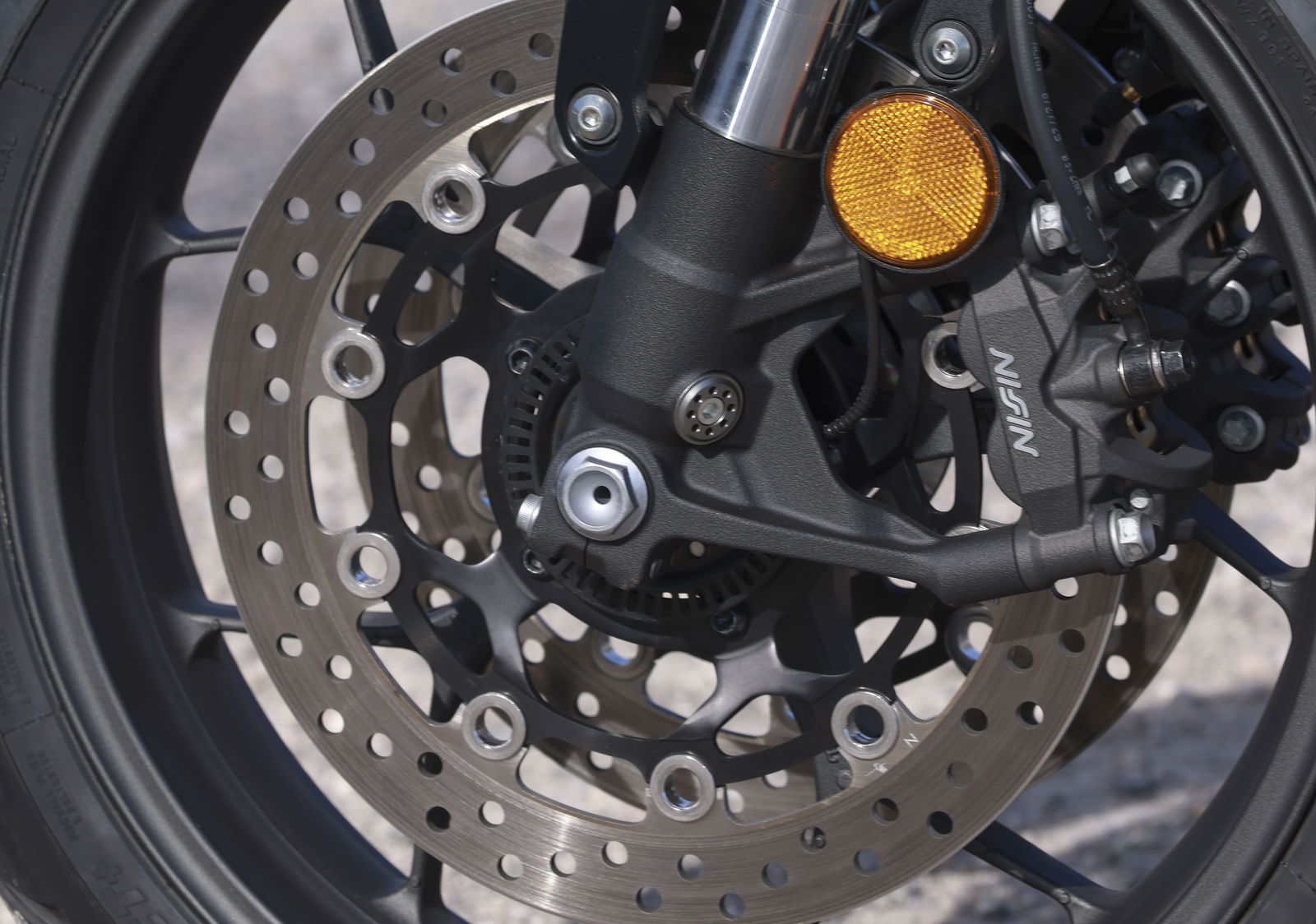
Moving to the braking system, which on paper doesn’t sound like much. It wouldn’t be a surprise to see a bike in this sector wearing some stoppers from Italy with familiar red branding on them, but in all honesty, I’m not sure it needs them. The four-pot Nissins are a tried and tested option for Honda, and with specially designed sintered pads slotted in, I had no issues at either end of the bike. The brake feel is good, with a reassuring amount of bite and enough power for just two fingers on the lever, and the IMU-controlled ABS and traction control are barely perceivable when they are triggered - only the warning light on the dash and the flashing ESS indicators tell the tale.

Comfort, then, is the final box to tick. I rode both versions, a stock bike in the afternoon, and one equipped with the Comfort pack in the morning (tall screen, revised seat, wind deflectors, fog lights). At 5ft 7in, the taller screen made a noticeable difference, even at its lowest setting; it’s perfect for fast B-roads, while motorway riding felt calmer on the tallest setting, with less turbulence around the helmet. It’s also great to see Honda rolling out a brilliantly simple system for adjusting the screen. It’s the same hardware as was used on the VFR1200X CrossTourer, and it genuinely enables you to adjust the screen with your left hand in a second – why aren’t all adjustable screens like this?

The accessory seat is much more supportive and comfortable than stock, with nicer contours on the sides and a more premium feeling covering, and the wind deflectors (in front of your knees and under the handlebars) do their job well enough to be worth having. Beneath those details, though, lies a bike with a fundamentally relaxed riding position and barely any vibration to speak of. It simply lets you get on with the ride unflustered by any of the niggles you can get with a high-revving four-cylinder.
Verdict

And that, really, is the CB1000GT in a nutshell. It’s not trying to be provocative, nor is it trying to reinvent the sport-touring rulebook, it just works. Honda could have aimed for the top of the segment with this bike, and slotted in an engine that boasts superbike levels of performance and a near 200bhp power figure. But it didn’t, and I think it is all the better for it. What’s the point of having a bike with peak power you’ll only ever explore a fraction of the time, when for the majority of riders, for most of the time, having smooth and dependable torque in the low and mid-range, without sacrificing on sporty top-end, is what really counts.

It works everywhere: It’s refined and easy-going in town, on the motorway, on B-roads and at grin-inducing lean angles. It feels like a bike you could buy and genuinely use every day, be that for commuting to work, touring with a pillion or chasing your mates on their supernakeds and sports bikes – and all without needing a second bike in the garage. There are a lot of bikes on the market that combine comfort, range and immense speed. What the CB1000GT does that's different is blend the first three of those points with the ability of a super naked.
Honda hasn’t just returned to the sport-tourer segment; it has come back with something that blends Fireblade spirit, supernaked agility and proper long-distance capability into one cost-effective package. It might just be the bike your head and heart can finally agree on.
Photos: Zep Gori and Ciro Meggiolaro - Honda Motor Europe
Honda CB1000GT specs
Engine | Liquid-cooled, DOHC inline 4-cylinder |
Power | 147bhp @ 11,000rpm |
Torque | 75 lb-ft @ 8,750rpm |
Bore/stroke (mm) | 76mm x 55.1mm |
Top speed | 125mph (claimed) |
Range | 210 miles (claimed) |
Fuel capacity | 21 litres |
Suspension (f) | Showa EERA semi-active electronically adjusted (manual preload) |
Suspension (r) | Showa EERA semi-active electronically adjusted (electronic preload) |
Brakes (f) | Nissin 4 piston radial calipers, twin 310mm discs |
Brakes (r) | Nissin single caliper, single 240 mm disc |
ABS | IMU six-axis (front and rear) |
Traction control | IMU six-axis lean-sensitive |
Seat | 825mm |
Weight | 229kg (kerb) |
Price UK | £11,999 |
